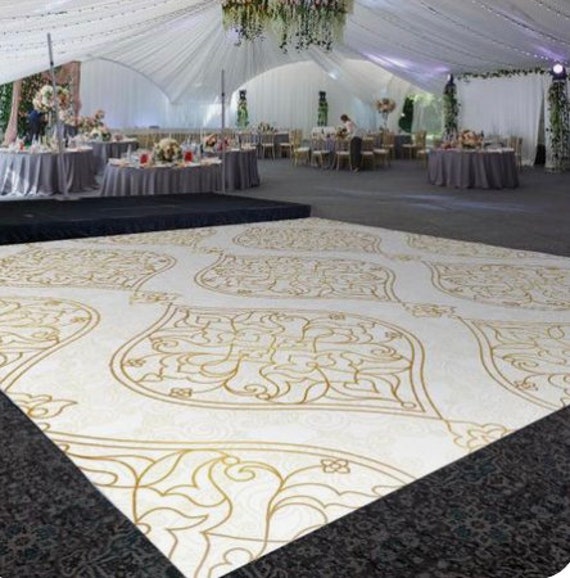Investigating the Diverse Materials That Convert Performance Floors into Breathtaking Visual Displays
Investigating the Diverse Materials That Convert Performance Floors into Breathtaking Visual Displays
Blog Article
Movement floors have evolved significantly over the years, transforming increasingly than just a space to move to melodies. Currently, they are converted into stunning visual encounters through the use of multiple substances and technologies. These materials not only improve the aesthetic attractiveness of the space but also enhance the overall experience for performers and audiences alike. Understanding the flexible substances that contribute to these dynamic settings can provide understanding into the craft of dance floor design.
One of the most frequent materials used in contemporary dance floors is light-emitting diode lighting. Light-emitting diode lamps are energy-efficient and can produce a wide range of colors and effects. They can be integrated in the floor directly or used as part of a illumination system over the dance floor. This innovation allows for coordinated light shows that can change in response to the music, creating an immersive encounter. The ability to configure these lamps means that they can be tailored to fit different themes or atmospheres, making each event distinct.
Another crucial material is mirror-like surfaces, such as reflectors or polished tiles. These surfaces can create an deception of area and depth, making the dance floor seem larger than it actually is. When dancers dance, their reflections can add an extra layer of aesthetic interest, enhancing the overall show. Additionally, mirror-like surfaces can interact with illumination effects, amplifying the hues and patterns displayed on the floor. This combination of illumination and reflection can captivate spectators and elevate find this the vitality of the occasion.
In addition to illumination and mirror-like substances, the use of electronic screens has become progressively popular in dance floor design. These screens can show vibrant visuals, graphics, or even live feeds of the performance. By incorporating electronic innovation, occasion organizers can create a comprehensive experience that engages both the performers and the audience. The ability to alter images in real-time allows for a dynamic environment that can adapt to the rhythm and vitality of the melodies, making each instance feel fresh and thrilling.
Furthermore, the selection of flooring material itself plays a key role in the overall experience. Classic wooden dance floors are still preferred for their durability and performance qualities. However, more modern materials like vinyl and elastic are becoming favor due to their flexibility and ease of maintenance. These substances can provide superior shock absorption, reducing the chance of harm for dancers. Additionally, they can be designed with multiple patterns and hues, allowing for artistic representation in the dance floor's appearance.
In summary, the evolution of dance floors into breathtaking visual encounters relies on a mix of innovative materials and technologies. Light-emitting diode illumination, reflective surfaces, electronic screens, and customized flooring materials all contribute to creating an captivating setting for performers and spectators. As innovation continues to advance, the opportunities for enhancing dance floor design will only expand, making future events even more captivating and unforgettable. Comprehending these substances helps value the artistry involved in creating environments where dance and melodies come together in harmony.